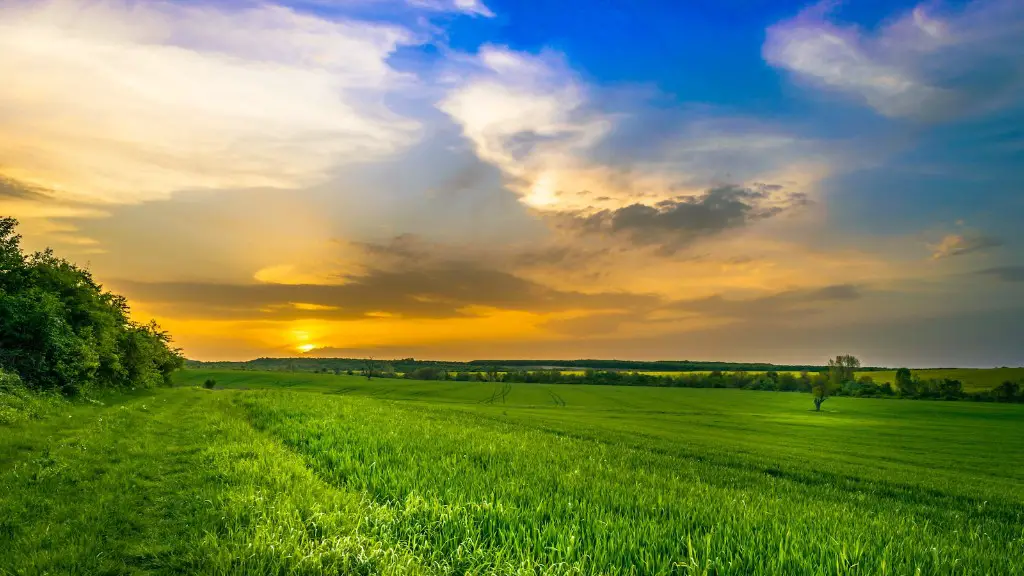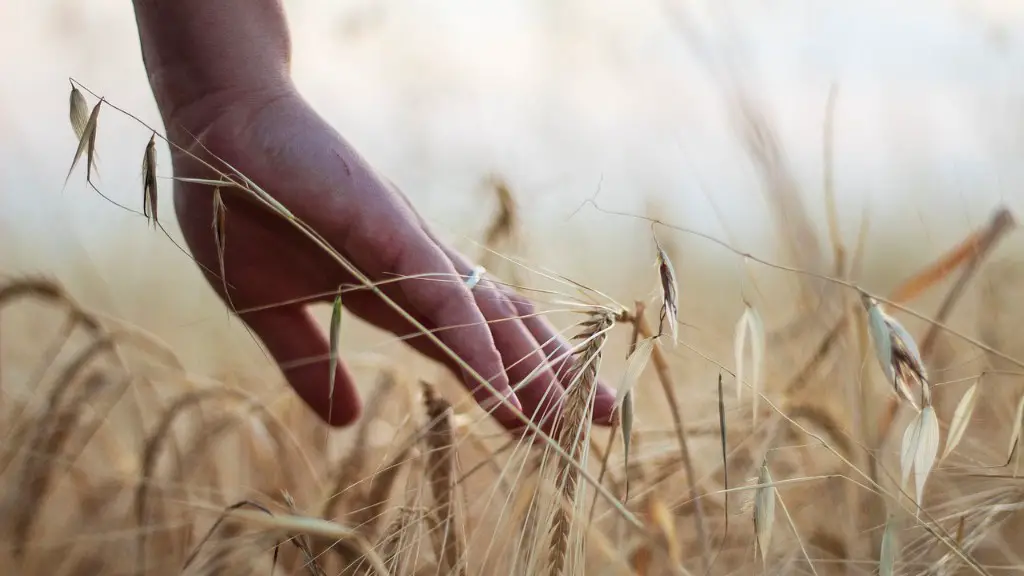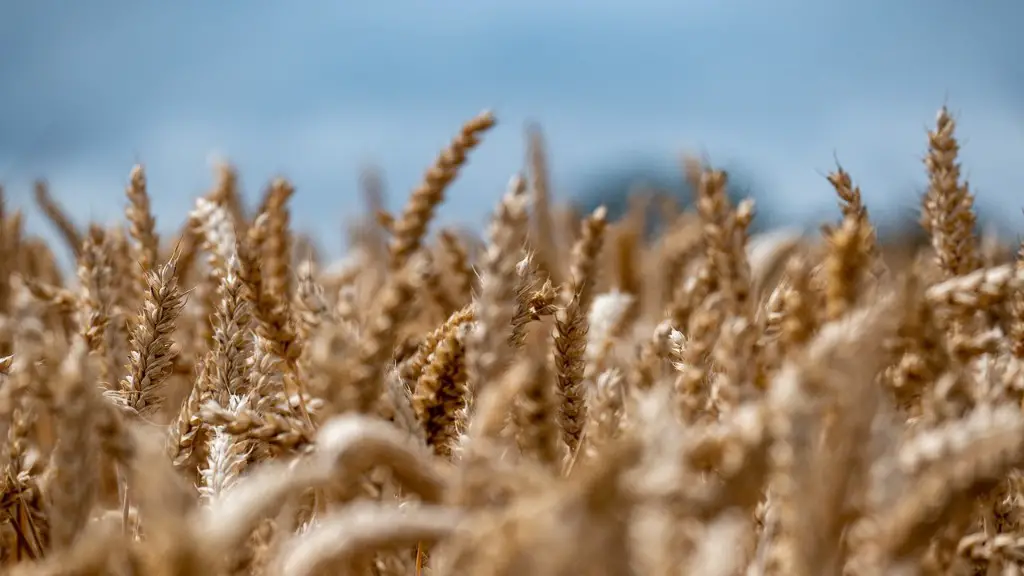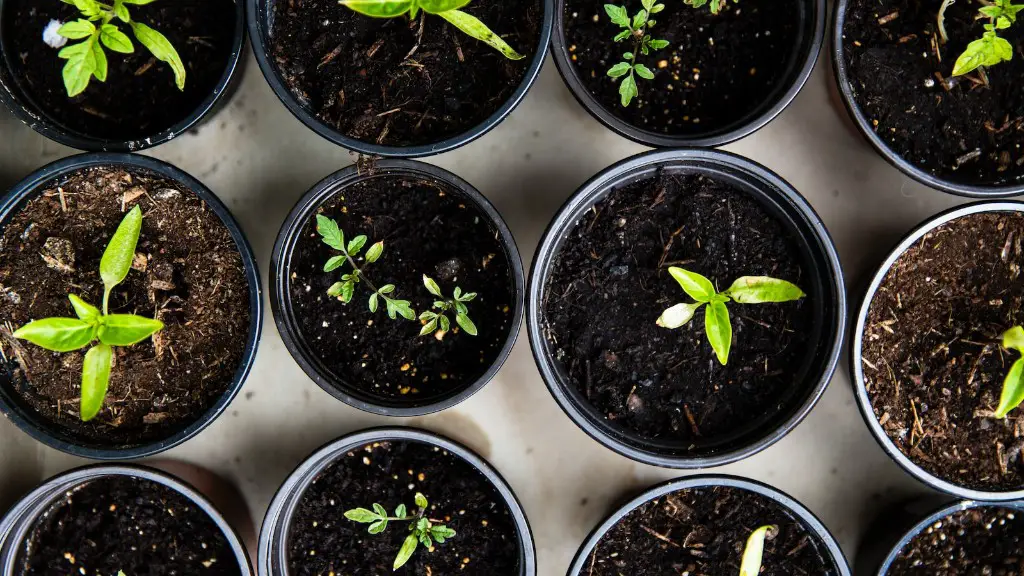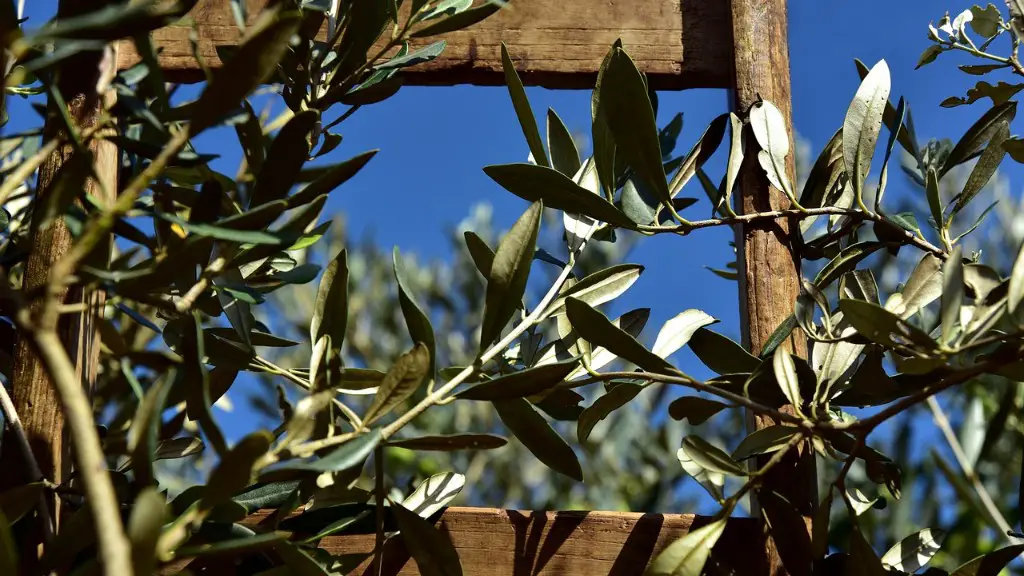Drainage is an essential function of agricultural production and is one of the most important aspects of land management. It is a process of redirecting excess water away from areas of low-lying land, primarily for the purpose of increasing soil fertility and water availability for crops. Without proper drainage, water may become stagnant and cause serious damage to crops and surrounding areas. Drainage also helps control pest populations, improve air quality, and reduce soil erosion, all of which can contribute to higher yield and better quality crop yields.
In addition to the benefits of better crop yields, proper drainage also helps provide a better water supply and reduce the risk of flooding. When drainage is done correctly, it prevents soil-borne diseases, improves air quality and enhances the overall environment. Proper drainage can also lessen the risk of water contamination, reduce nutrient leaching, and improve infiltration of water into the soil. With these advantages, it is easy to see why proper drainage is so important in agriculture.
The most common type of drainage system used in agriculture is the sub-surface drainage system. This involves digging subsurface trenches that are lined with gravel or soil material. These trenches are usually shallow and are beneficial for a variety of reasons; they increase soil air circulation, reduce water runoff, and make it easier for soil to absorb water. Furthermore, the presence of subsurface drainage also helps prevent the accumulation of organic matter, which could potentially aid in the development of plant diseases.
Another important aspect of drainage is the use of surface drainage systems. These systems works by redirecting surface runoff away from fields, providing an alternative route for excess water. This can be especially beneficial in areas with irregular topography or areas where surface runoff occurs more frequently due to the weather. Surface drainage systems can also help reduce soil erosion by redirecting water away from unprotected soil, which is a major concern for farmers.
Finally, the use of crop rotation can also help with proper drainage. Crop rotation ensures that land is used for a specific purpose – such as a crop or pasture livestock grazing – for a certain period of time, and then moved on to another field. This helps prevent compactionand increases drainage, allowing for more efficient use of the land.
Drainage Benefits For Soil Health
Drainage systems provide a number of important benefits to soil health. They help to leach excess salts and other pollutants from the soil, enable deeper root penetration, and facilitate the accumulation of humus. This, in turn, contributes to the fertility of the soil and allows for better aeration, leading to improved crop yields. In addition, the presence of drainage systems helps to prevent the accumulation of stagnant water, which can lead to salinization and other crop diseases.
Furthermore, drainage systems improve the warms of soils, as they provide a direct route for cold air to escape. This protects plants from frost, allowing them to remain productive in colder temperatures. Drainage systems can also be beneficial to soil health by providing excellent aeration, which increases the required nutrients for plant growth.
Finally, drainage is also important in terms of providing efficient and effective irrigation. Irrigation is a key factor in agronomic production, and when drainage is done correctly, it can provide improved water distribution leading to increased crop production. By avoiding pooling and the subsequent decrease in oxygen levels, the presence of drainage systems can be extremely beneficial for both soil and crop health.
Types of Drainage
Drainage can be carried out both horizontally and vertically. Horizontal drainage is generally more suitable for flat and rolling terrains, while vertical drainage is preferable for steep, rugged and hilly terrain. Vertical drainage systems are more complex and are more commonly used in commercial agriculture, while horizontal systems are generally more affordable and easier to install.
Surface drainage is one of the most widely used methods of drainage and is ideal for areas where water runs off quickly and needs to be diverted away from fields. This type of drainage is usually achieved by digging trenches or channels, which then act as conduits for the water to flow through. Alternatively, subsurface drainage systems, which include tile and weeping tile drainage, can also be used. These systems consists of a network of els and tiles installed just below the soil surface, which collect subsurface water and transport it away from the fields.
Finally, sub-irrigation drainage is also a commonly used type of drainage. This method uses a network of pipes that run from surface-level to the subsoil, where the water can be collected and directed to areas needing irrigation. This type of drainage is ideal for areas where the water table is lower than the soil surface, as it allows for a controlled release of excess water.
The Advantages of Drainage
The advantages of proper drainage are numerous. Not only does it help promote good soil fertility and plant health, but it also contributes to the overall health of the surrounding environment. Quite simply, proper drainage can improve crop yields and reduce the risk of flooding and soil erosion.
Furthermore, drainage can also help conserve water. By properly channeling water to areas where it is needed, water loss from evaporation and seepage can be reduced significantly. This is especially true for subsurface drainage systems, which works by slowly releasing water into the soil, allowing for better water retention.
Finally, proper drainage is essential for providing efficient irrigation. By ensuring that water is evenly distributed throughout fields and other areas, irrigation systems can provide much-needed water where it is needed, avoiding water waste or over-saturation of crops.
The Necessity Of Proper Drainage
The necessity of proper drainage cannot be overstated. Without good drainage, soil fertility and plant health would be greatly compromised, potentially leading to protection against water contamination, soil erosion and costly flooding. In addition, proper drainage helps improve the efficiency of irrigation systems, facilitate the control of pests and diseases, and ensure that plants receive the required nutrients they need to sustain themselves.
By taking these factors into consideration, it is evident that proper drainage is the key to successful agricultural production. With the right drainage system, not only can crop yields and quality be improved, but it can also help to protect the environment, conserve water, and keep agricultural land productive.
Techniques For Improving Drainage
To further improve drainage and get the most out of your land, there are several techniques that can be used. No-till farming, which involves minimal cultivation of soil, helps to retain more moisture near the surface and improves the infiltration of water into the soil. In addition, watershed management can be used to help protect against soil erosion and reduce flooding.
Cover crops are also beneficial for improving drainage, as they help to reduce runoff and hold soil in place. Cover crops also provide food and a grazing area for livestock, which reduces the amount of soil that is washed away due to overgrazing. Finally, planting crops in rows can also help to improve drainage, through the use of the papering soil technique and other techniques that can facilitate water infiltration.
Conclusion
In conclusion, proper drainage is a necessity for successful agricultural production, and knowledge of the various drainage techniques and principles is essential for effective land management. By understanding the importance of drainage, farmers can ensure that their land is used to its full potential and can also help protect the surrounding environment.
